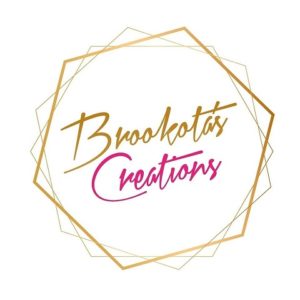Recent Posts
While preparing my next order of beeswax for candlemaking, I decided to compare the major suppliers and see which company can had the best deal! The average price of one pound of beeswax online is...
A few concerns were brought to my attention lately about manufacturing soaps and candles while pregnant. It can't be that bad, can it? I thought I might do a little research for myself! You can...

